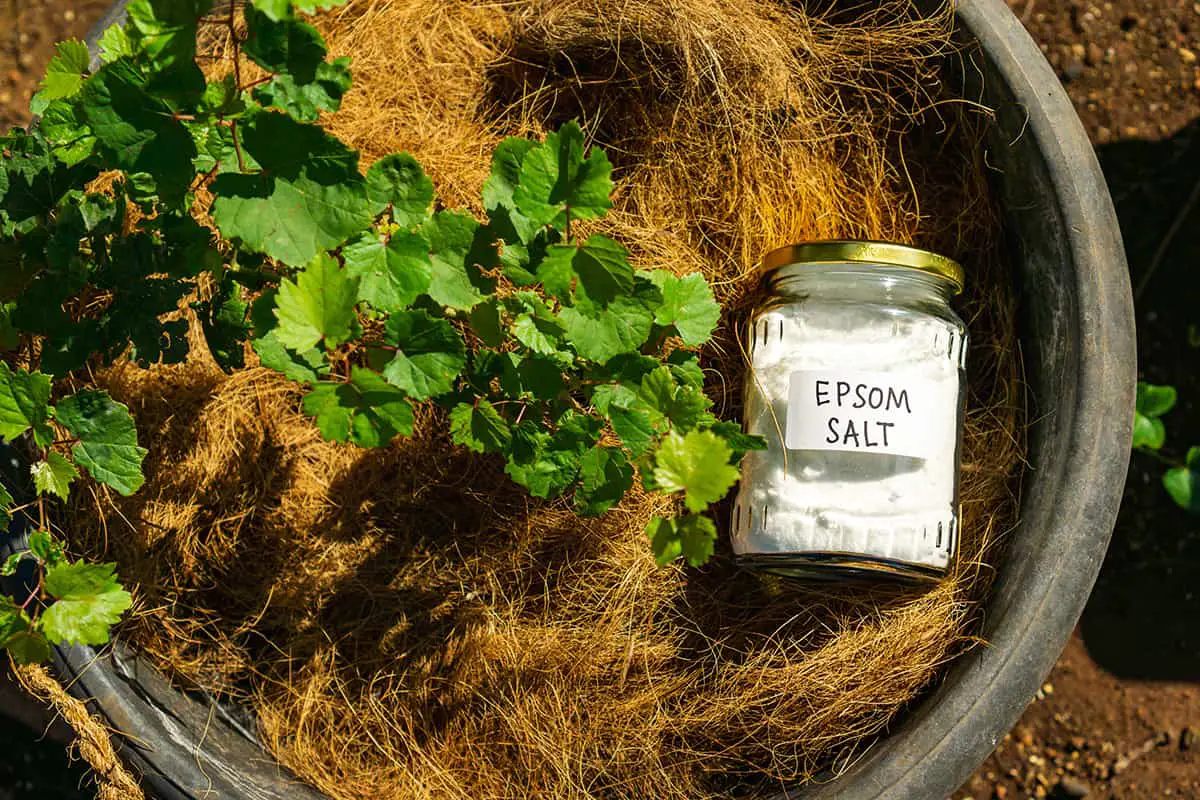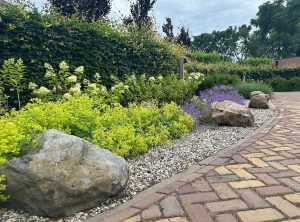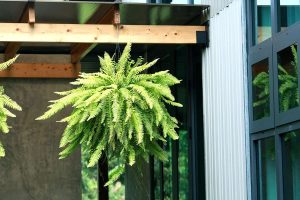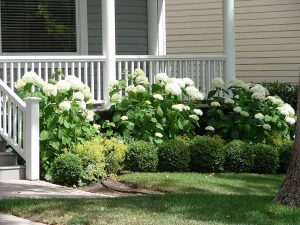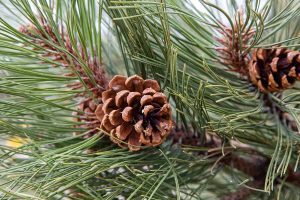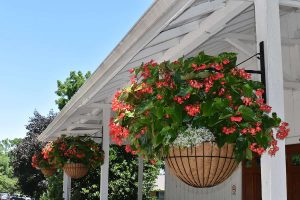In gardening, Epsom salt often comes up as a versatile aid. Epsom salt contains magnesium and sulfur, which are essential nutrients for plants. You can use it to enhance plant growth and aid in the absorption of key nutrients.
Exploring the use of Epsom salt in your garden can yield benefits when applied correctly. For instance, it can help seeds germinate and provide a boost to magnesium-deficient plants. Keep reading to learn useful ways to use Epsom salt in the garden.
Table of Contents
- Soil Amendment
- Seed Germination Boost
- Enhancing Plant Growth
- Reducing Transplant Shock
- Flowering Plants Enhancement
- Boosting Fruit Production
- Lawn Greening
- Pest Deterrence
- Natural Weed Killer
- Balancing Soil pH
- Rose Bush Care
- Compost Enhancer
- Garden Tool Cleaning
- Container Plant Health Boost
- Preventing Leaf Curling
- Seed Pod Formation Improvement
- Acid-Loving Plants Support
Soil Amendment
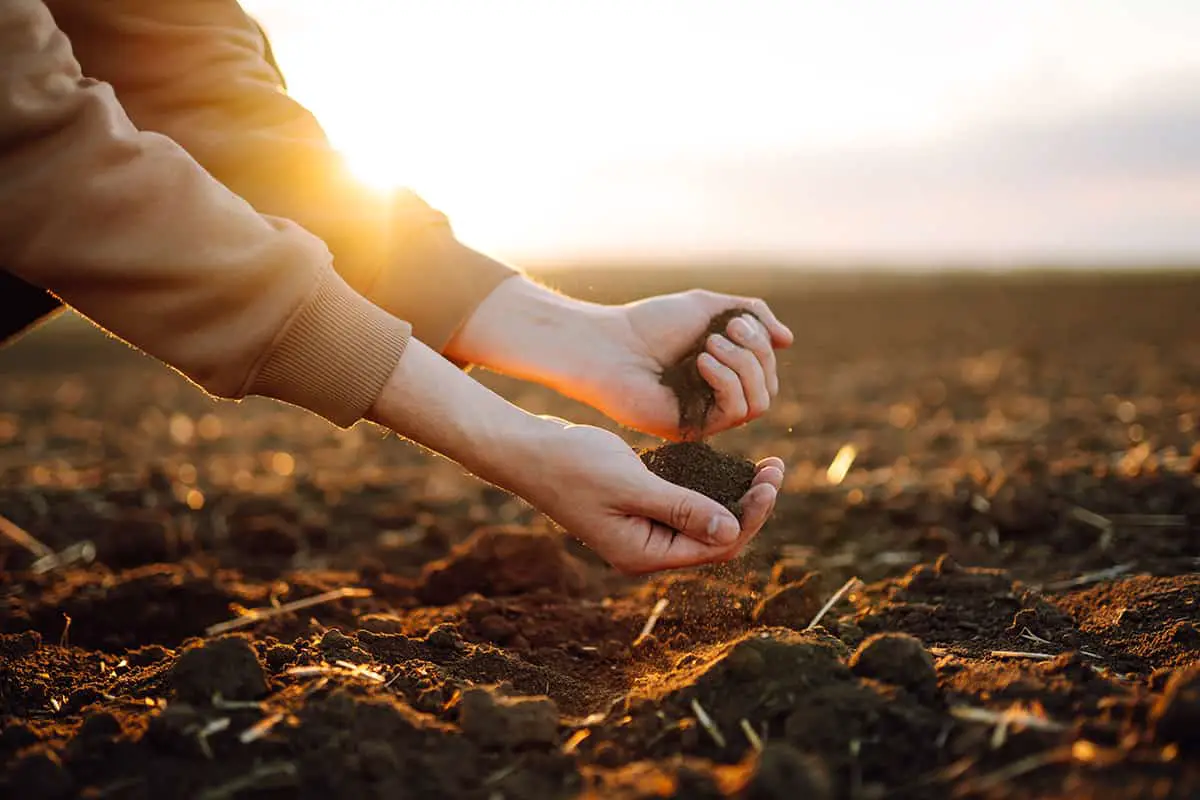
Epsom salt (magnesium sulfate) can offer a boost to soil that’s low in magnesium, especially if your plants seem sluggish.
It’s best to check your soil’s nutrients before reaching for the Epsom salt, though—too much can do more harm than good.
Many gardeners add a tablespoon to a gallon of water and pour it onto the soil, but a quick soil test is the smartest way to know if your garden really needs it.
Seed Germination Boost
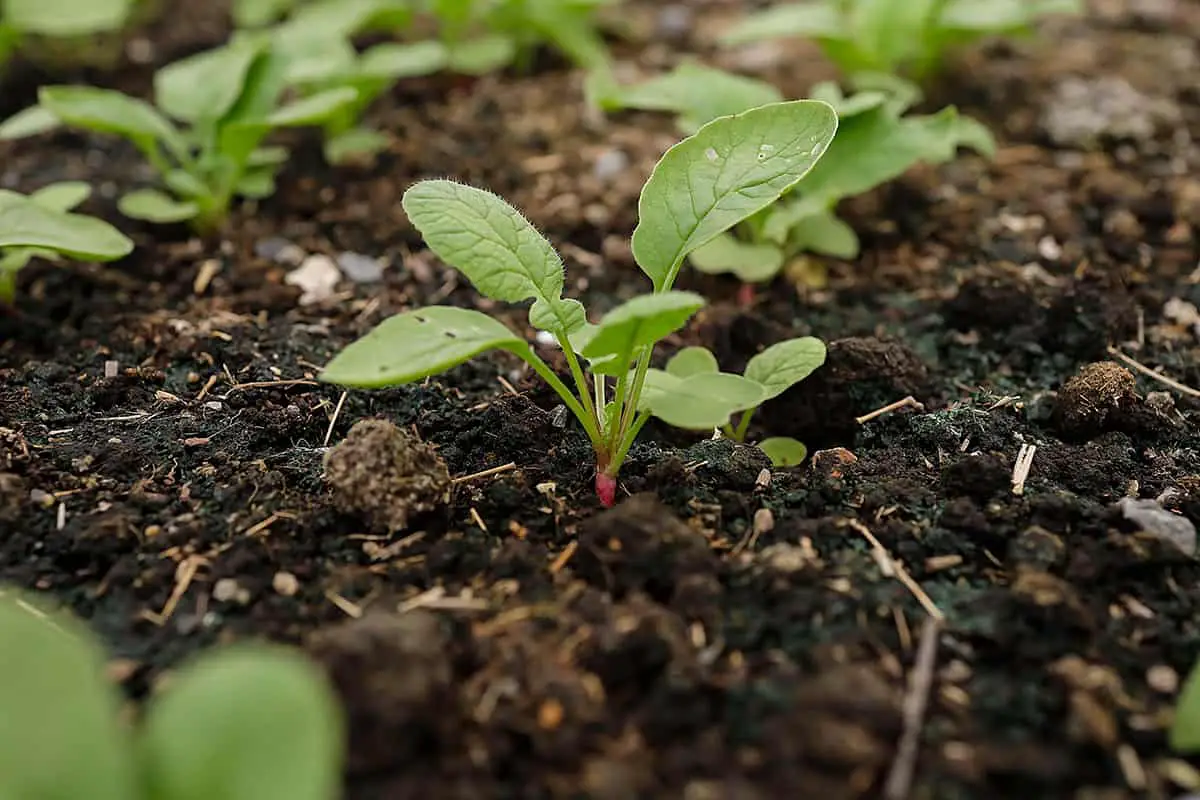
Some gardeners turn to Epsom salt to help seeds get off to a strong start, thanks to its magnesium content. If you want to try it, just dissolve a tablespoon of Epsom salt in a gallon of water and use this to moisten your seeds after planting.
Still, keep in mind that not all seeds need extra magnesium, so check your plant’s needs or run a simple soil test first.
Enhancing Plant Growth
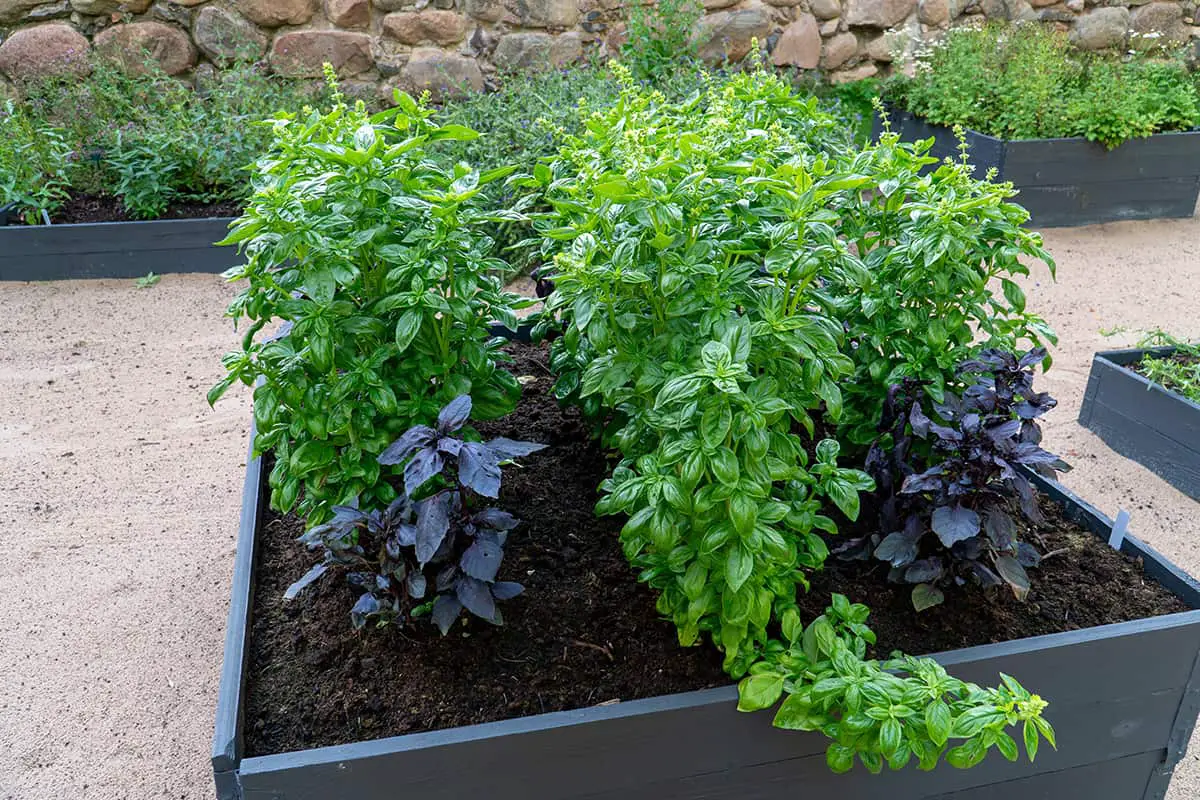
Magnesium is vital for plant health, and Epsom salt can provide it if your soil comes up short. This mineral helps plants create chlorophyll, which they need for photosynthesis and vibrant growth.
If you spot yellowing leaves or other signs of magnesium deficiency, watering with an Epsom salt solution could help—but always double-check your soil first to avoid nutrient imbalances.
Reducing Transplant Shock
When you introduce new plants to your garden, Epsom salt can help reduce transplant shock. This stress occurs when plants are moved from pots to the garden. Epsom salt contains magnesium, which aids root strength and plant growth.
Before Transplanting:
- Mix 1 tablespoon of Epsom salt with a gallon of water.
- Water plants with this mix to condition the roots.
Your plants need support during this change. Using Epsom salt provides essential nutrients, making the transition smoother. This method encourages roots to expand and absorb soil nutrients more effectively.
After Transplanting:
- Sprinkle Epsom salt around the base.
- Water regularly to distribute the magnesium into the soil.
This application helps your plants overcome the shock. It promotes recovery by bolstering root system health. Your plants can establish themselves quickly in their new environment. Remember, too much Epsom salt can harm your plants. Only use the recommended amount for best results.
Flowering Plants Enhancement
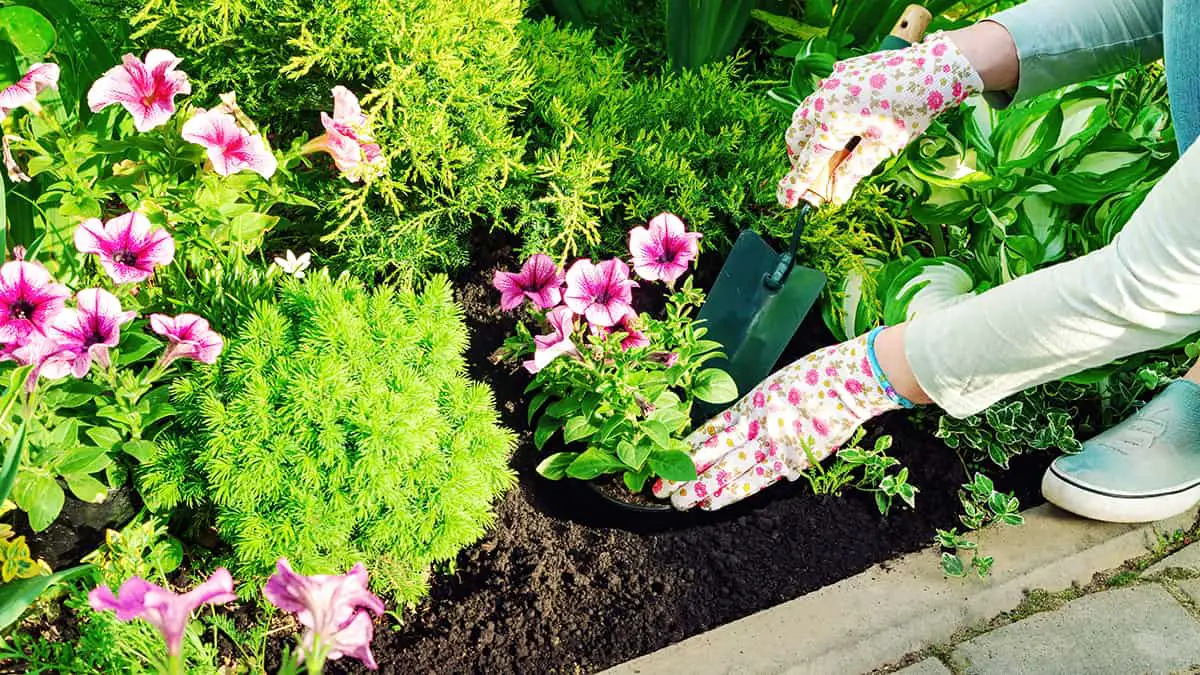
Epsom salt may improve bloom size and enhance vibrant flower colors. You apply it by mixing water and Epsom salt and using the solution to water your plants.
Magnesium is crucial for seed germination and is vital for the production of chlorophyll, which plants use to transform sunlight into food. Additionally, magnesium helps with the strengthening of cell walls and the uptake of nitrogen and phosphorus, key elements for plant health. Your flowering plants can benefit from these nutrients.
Sulfate, another component of Epsom salt, is essential for the production of proteins, amino acids, and enzymes. It assists in creating a healthy soil environment that enables plants to thrive.
To use Epsom salt for flowering plants enhancement, dissolve a few tablespoons in a gallon of water. Apply this mixture once a month as a foliar spray or directly to the soil. This extra nutrient source can lead to more vivid and numerous blooms. However, it’s important to note that not all soil lacks magnesium.
Boosting Fruit Production
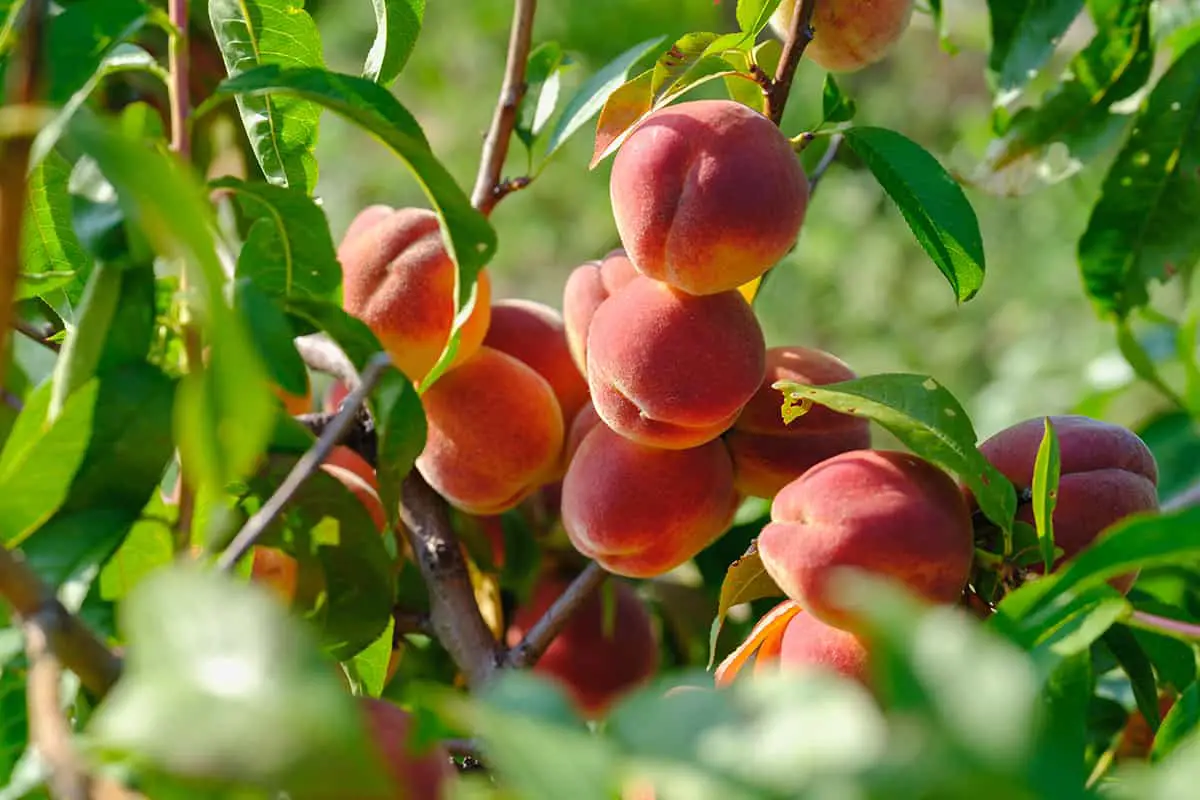
Magnesium is a critical nutrient for fruiting plants, and Epsom salt can provide it if your soil comes up short. When your fruit trees or garden plants show signs of magnesium deficiency, using an Epsom salt solution could encourage more robust growth and possibly a bigger harvest. The first step should always be a soil test so you know what’s truly needed.
If a deficiency exists, simply dissolve Epsom salt in water and use it to water your plants during the growing season. Stick to recommended amounts and combine with your regular fertilizing routine for best results. As with any amendment, more is not always better—use Epsom salt as a targeted supplement rather than a cure-all.
Lawn Greening
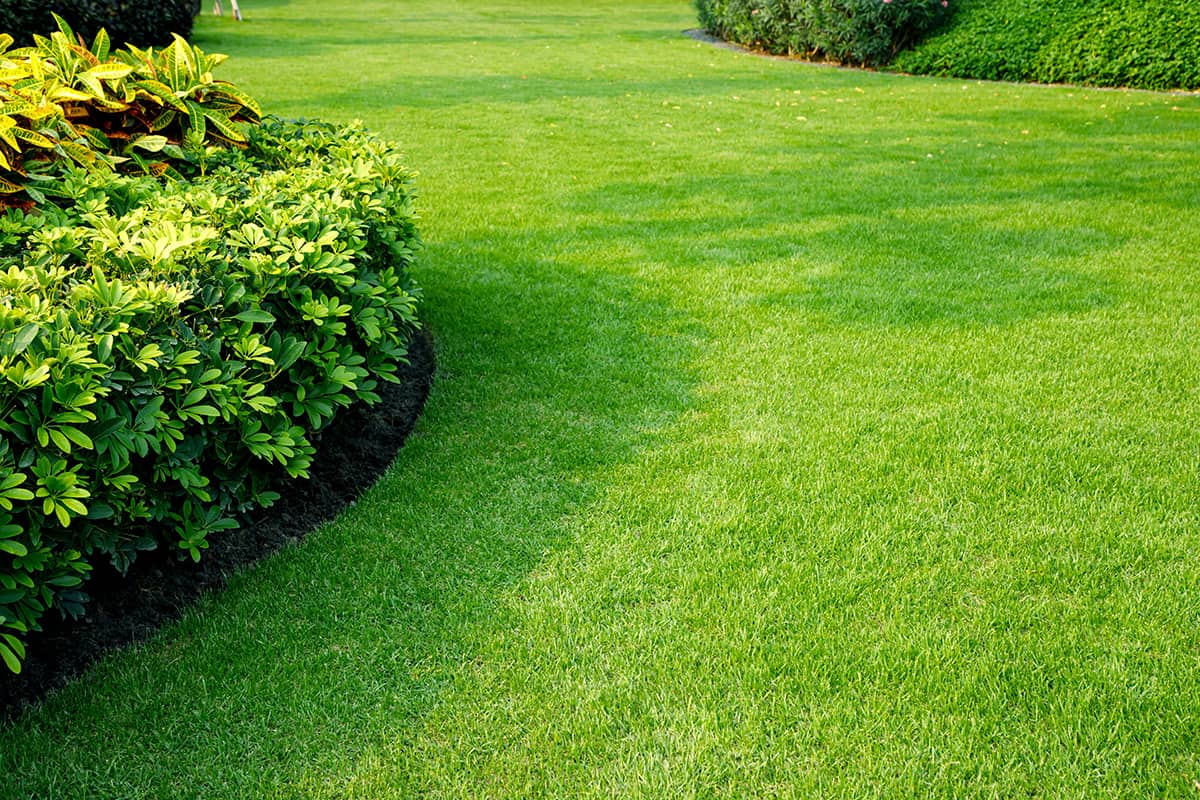
If your grass looks dull or patchy, magnesium might be missing from your soil. Epsom salt can help bring out that lush green color many homeowners want.
To use, sprinkle Epsom salt evenly over your lawn, using a spreader for even coverage, then water thoroughly so it soaks down to the roots.
A typical rate is about three pounds for every 1,250 square feet, but a soil test will tell you if your lawn actually needs it. Regular application on magnesium-deficient lawns often results in thicker, greener grass. Remember, Epsom salt is just one part of a healthy lawn—don’t skip regular mowing, watering, or fertilizing.
Pest Deterrence
Some gardeners use Epsom salt as a gentle pest deterrent. Mixing it with water and spraying it on leaves can make plants less appealing to pests such as slugs and snails. Another method is to sprinkle a thin barrier of Epsom salt around the base of your plants.
Rain or watering can wash the salt away, so reapply as needed. While it can discourage some critters, too much Epsom salt can harm your plants by increasing magnesium levels in the soil, so moderation is key. Always watch your garden’s reaction and adjust your approach as needed.
Natural Weed Killer
Looking for a homemade way to control weeds? Epsom salt, mixed with vinegar and a bit of dish soap, makes a strong, non-selective herbicide. Blend 2 cups of Epsom salt with 1 gallon of white vinegar and a quarter cup of dish soap, then spray directly on weed leaves.
This method dehydrates weeds quickly, especially on sunny days, but it will also damage any desirable plants it touches, so aim carefully. It’s a good solution for cracks in driveways or between patio stones where you want to remove all growth. While it’s less harsh than some chemical weed killers, always use sparingly and only where needed.
Balancing Soil pH
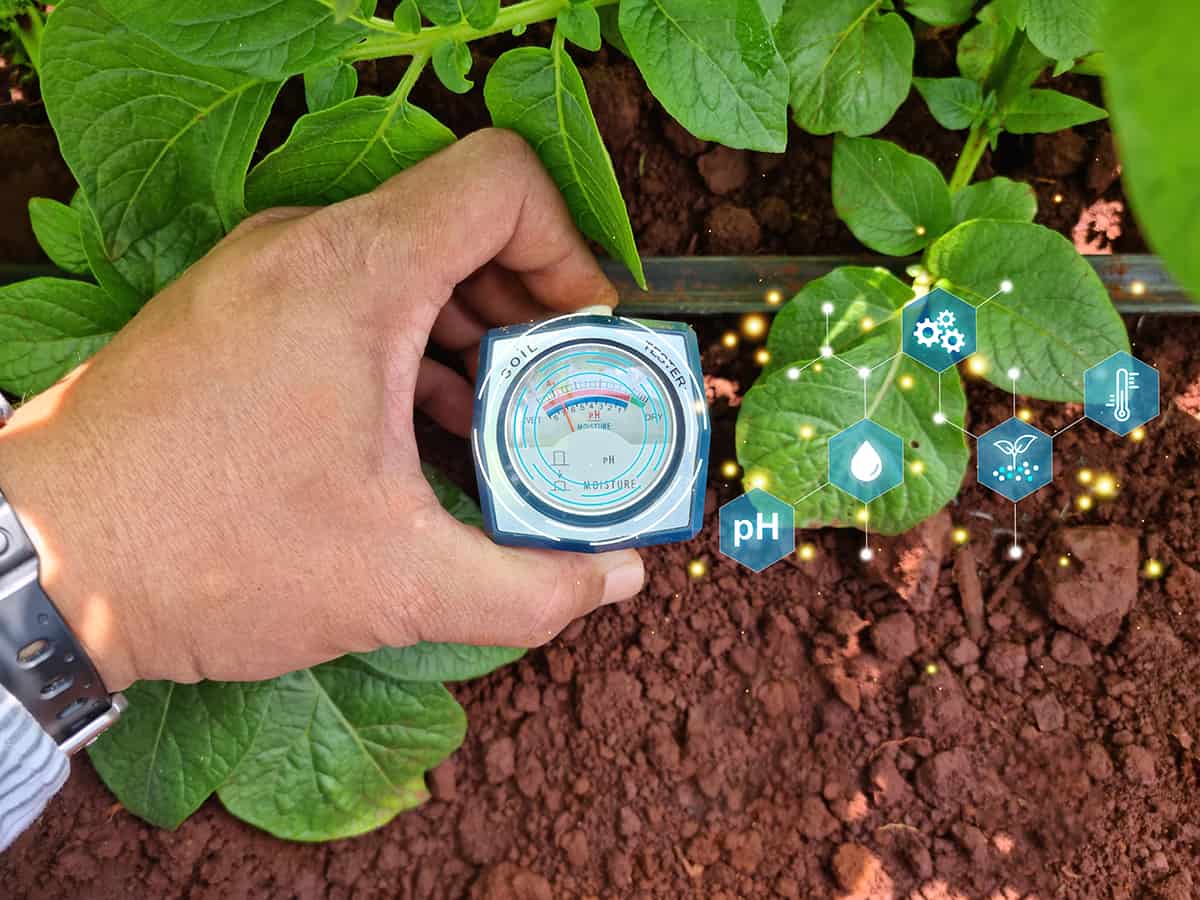
When you use Epsom salt in the garden, it can affect soil pH levels. Epsom salt, chemically known as magnesium sulfate, does not directly alter the soil pH. If your soil is too acidic, Epsom salt provides magnesium without changing the pH balance. For alkaline soils, it offers a way to add necessary nutrients.
In sandy soil, the ideal pH for most plants is slightly acidic to neutral. This range lies between 5.8 and 6.8. Before you apply Epsom salt, test your soil pH. If it falls within 5.5 to 7.0, there’s likely no need for adjustment. If not, you may need to consider other amendments.
For soil too acidic, materials like agricultural lime can raise the pH. Ground limestone reacts with the soil and raises the pH level. To reduce alkalinity, sulfur or aluminum sulfate might be applied. These materials can lower the pH of your garden soil.
Incorrect use of any amendment can be harmful to your soil and plants. Your goal in balancing soil pH should focus on creating optimal growing conditions for your garden.
Rose Bush Care
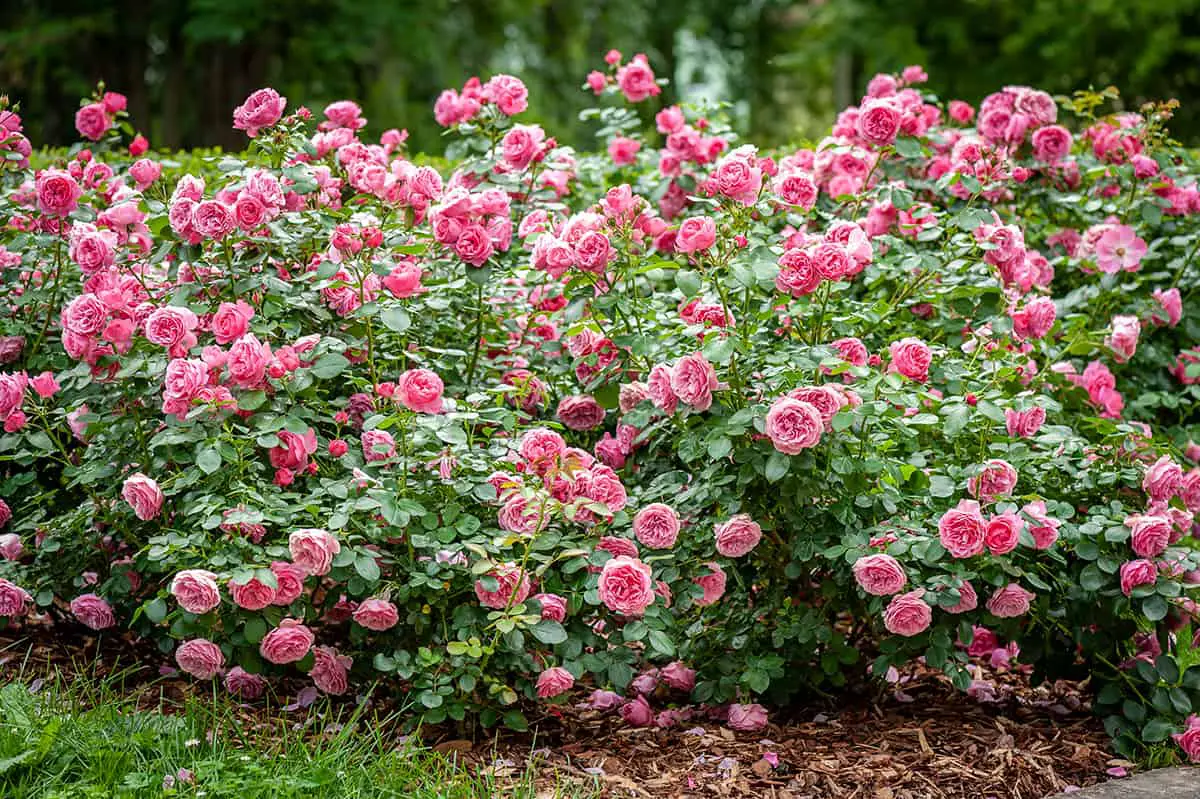
Epsom salt contains magnesium sulfate which roses love. This nutrient supports chlorophyll production and helps the plant take up vital nutrients like nitrogen and phosphorus.
Application is straightforward. Early in the spring, you can add a tablespoon of Epsom salt around the base of your roses. To boost growth, sprinkle another tablespoon when the first leaves appear. And for flowering support, apply it once more when the roses bloom.
Keep in mind to scatter the salt about 12 inches from the crown of the plant. This spacing ensures the roots absorb it effectively. Also, always water your roses after applying Epsom salt. This helps dissolve the salt so that the roots can take in the nutrients.
Benefits are noticeable. Use of Epsom salt may improve your roses’ natural defenses, stimulate robust growth, and enhance flowering. Remember though, more isn’t always better. Stick to the recommended amounts to avoid harming your soil and plants. Moderation is key to your rose bush care.
Compost Enhancer
Integrating Epsom salt in your compost can boost soil health. Epsom salt, or magnesium sulfate, provides important nutrients for plants. Your compost pile benefits from Epsom salt by improving nutrient breakdown.
Add Epsom salt to enrich compost’s magnesium content. This helps in forming strong cell walls. A tablespoon per square foot can be effective. Mix thoroughly with organic waste for even distribution.
Healthy compost supports robust plant growth. Epsom salt enhances this effect. You’ll find your garden thrives with this simple addition to your composting routine. Make sure to test your soil. This will ensure it’s not already high in magnesium.
Garden Tool Cleaning
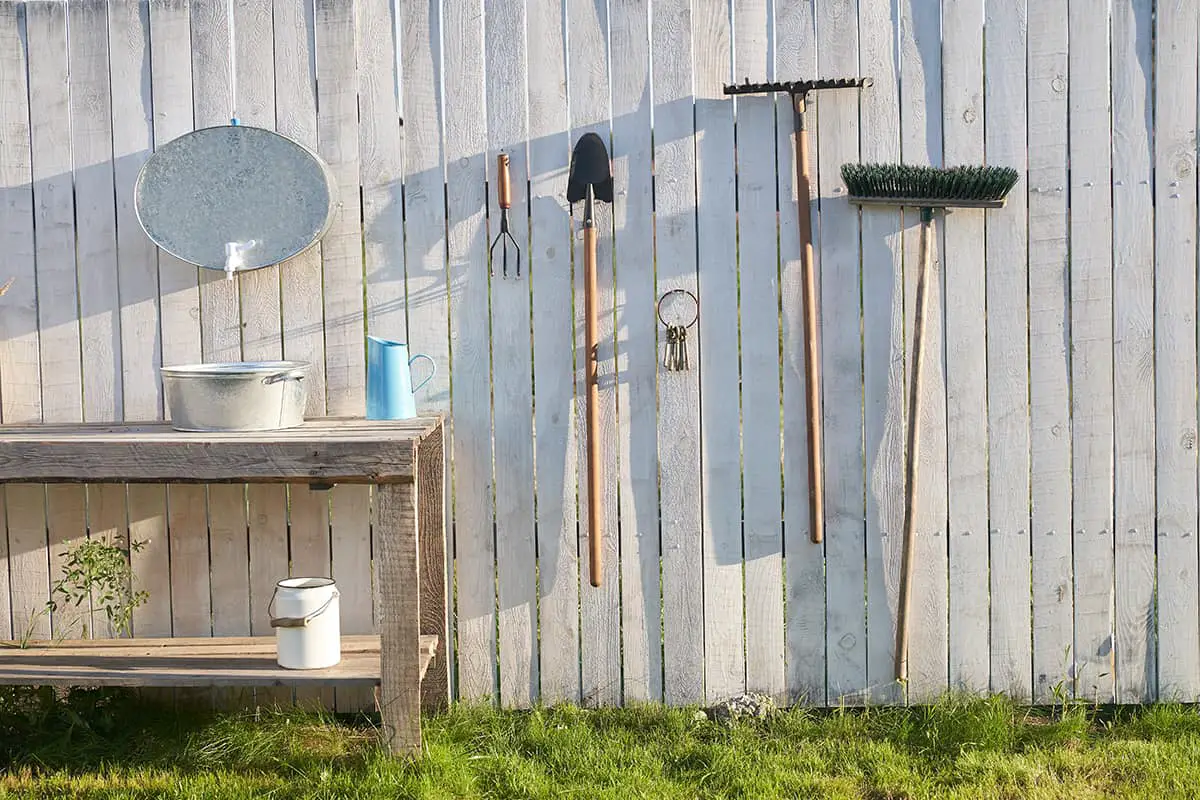
Epsom salt can play a key role in your garden tool maintenance. Start by creating a cleaning solution. Dissolve one cup of Epsom salt into a gallon of warm water. Ensure the salt is fully dissolved for effectiveness.
Submerge your tools in the solution. Let them soak for a few minutes to loosen dirt and rust. This practice helps in preventing the transfer of diseases among your plants.
After soaking, scrub the tools with a clean brush. Focus on removing all the debris from the surfaces. Once you finish scrubbing, rinse the tools with clean water and dry them thoroughly.
Regular cleaning extends the life of your gardening tools. Epsom salt provides a simple, non-toxic method to maintain your gardening equipment. Remember to store your tools in a dry place to avoid rust formation.
Container Plant Health Boost
Epsom salt, a natural mineral, can benefit your container plants. When you add it to your potted plants, it provides a source of magnesium and sulfur. These nutrients are essential for plant growth.
Mix Epsom salt with water to create a solution. Typically, use one tablespoon of Epsom salt per gallon of water. Apply this mixture to your plants every few weeks. This helps to nourish your container plants, promoting healthier foliage and vibrant blooms.
Remember that Epsom salt is not a complete fertilizer. It should complement regular plant-feeding routines. Also, only use Epsom salt if a soil test indicates a magnesium deficiency.
Preventing Leaf Curling
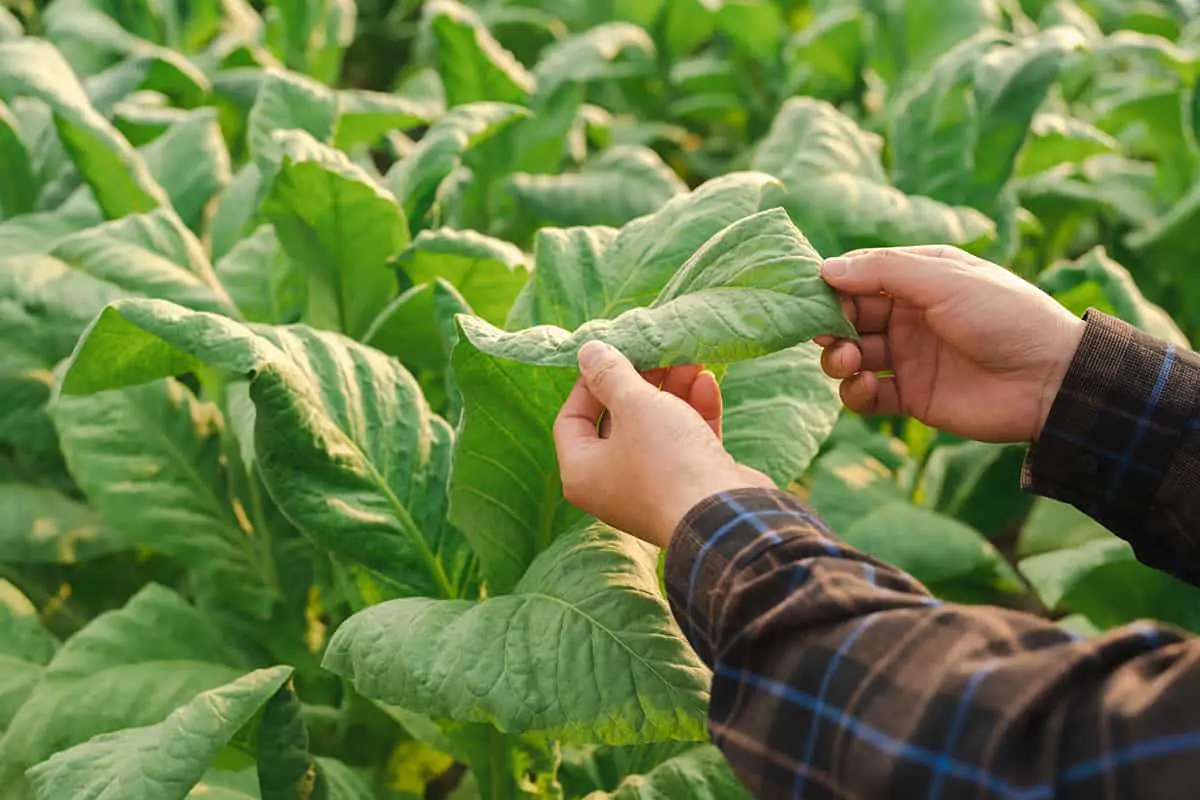
If you detect curling leaves, magnesium may be missing. Epsom salt can supply this nutrient. Mix it with water and apply it to the soil. The typical ratio is one tablespoon of Epsom salt per gallon of water.
However, it’s crucial to identify the cause of leaf curling. In certain cases, such as with peach leaf curl, a fungal disease, Epsom salt won’t be effective. Other methods are necessary for fungal issues.
For general use, apply the Epsom salt solution every few weeks. This can act as a preventive measure. It can enhance nutrient uptake and discourage curling.
Remember, Epsom salt is not a cure-all for garden problems. Always combine its use with good gardening practices.
Seed Pod Formation Improvement
Epsom salt may improve seed pod formation. Its main component is magnesium sulfate. Plants use magnesium to produce seeds.
To aid seed pod formation, dissolve a few tablespoons of Epsom salt in water. Put the solution at the base of your plants. Apply it during key growth stages. For instance, when your plants begin to flower.
Note: Not all types of plants respond to Epsom salt. Your individual plant’s needs matter. Always consider these when deciding to use Epsom salt in your garden.
Acid-Loving Plants Support
Epsom salt aids your acid-loving plants’ growth. These plants thrive in a low-pH environment. You can use Epsom salt to achieve this. First, test your soil’s acidity. Ideal pH levels for these plants are below 5.5.
If your garden hosts plants such as rhododendrons, azaleas, or blueberries, they will benefit from Epsom salt. Magnesium in Epsom salt supports chlorophyll production. This is crucial for photosynthesis. Sulfur in Epsom salt also supports acidic conditions.
To apply, mix one tablespoon of Epsom salt with a gallon of water. Use this mixture to water your acid-loving plants once a month. This is a simple, effective way to support plant health.
Remember, Epsom salt is not a one-stop solution. You should use it as part of a broader garden care routine. Always incorporate it with care to avoid harming your soil and plants.
